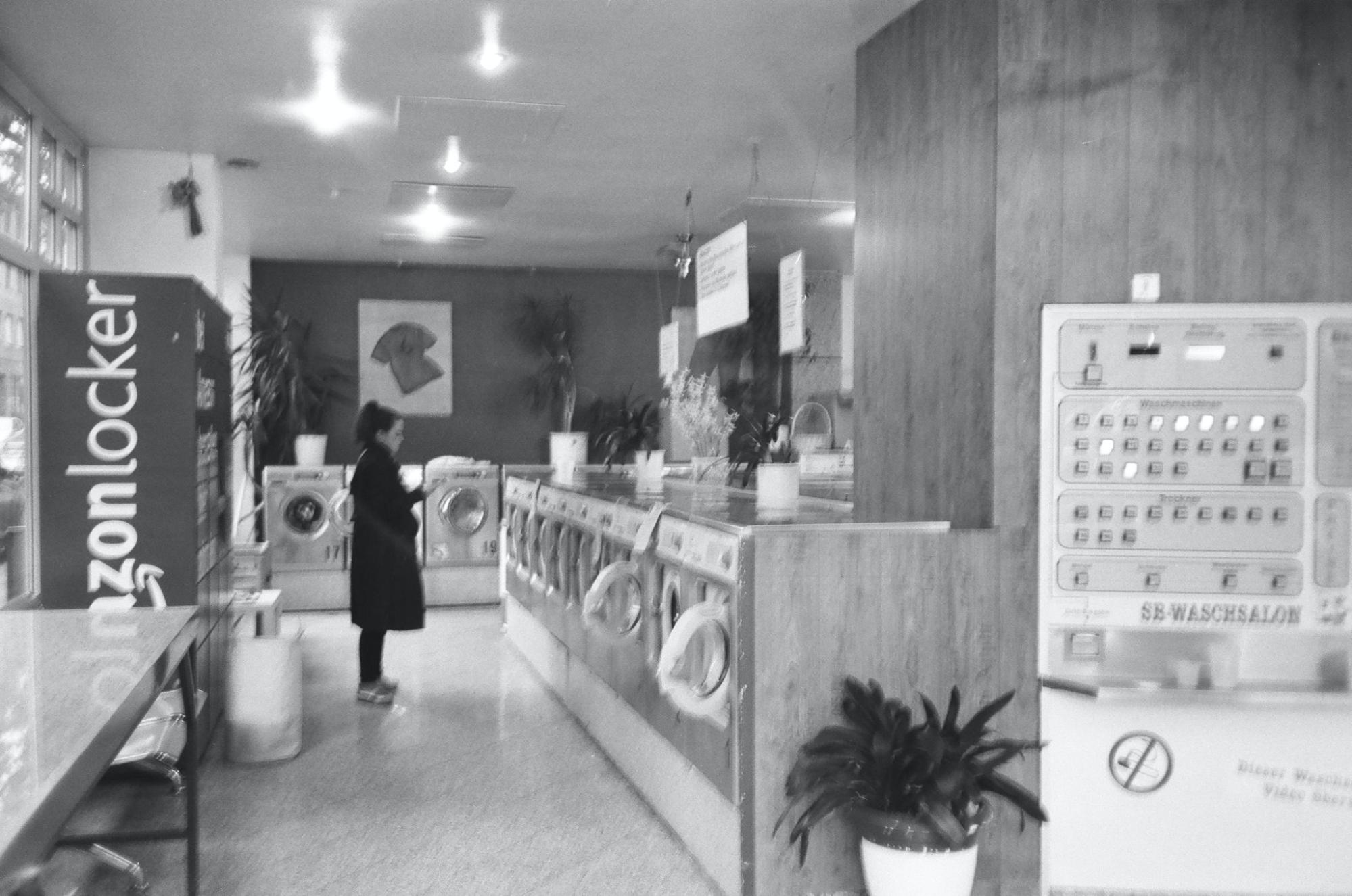Which Way Does the Flat Side of a Washer Go
Have you ever found yourself pondering, “Which way does the flat side of a washer go?” It’s a question that might seem trivial until you’re faced with the task of putting together a piece of furniture or performing some routine home maintenance. The placement of washers can be more critical than most people assume.
Traditionally, the flat side of a washer faces towards the nut. This setup is done to provide maximum contact surface between these two components. It reduces friction and prevents wear and tear, thereby extending the lifespan of your assembly.
Understanding the importance of washers and their correct placement isn’t just for professionals; every DIY enthusiast should have this knowledge under their belt. As simple as they may appear, washers play an essential role in providing stability and preventing damage in many assemblies. By distributing load evenly across connections, they help maintain structural integrity and enhance durability over time.
Understanding the Function of a Washer
Ever wondered about the importance of those tiny metal discs in your toolkit? Yes, I’m talking about washers. Those thin plates with a hole in the middle might seem insignificant, but they’ve got a pretty crucial job to do.
First off, let’s talk about why we need washers at all. They’re not just there to make our bolts look bigger! Washers play an essential role in preventing wear and tear on our gear. When you tighten a screw or bolt, it creates pressure. Without a washer, this pressure is directly applied to the material you’re listening – that could be wood, metal, plastic…you name it. Over time, this can cause damage. But when you use a washer? That pressure gets distributed evenly across a broader area.
Here’s another thing – ever noticed how one side of the washer is flat while the other isn’t? You might think it doesn’t matter which way round you put them on…but it does! The flat side goes against your material (the part being fastened). This helps create that even distribution of pressure we were talking about earlier.
But wait – there’s more! Apart from protecting materials and distributing load effectively, washers also help keep bolts and nuts secure by reducing slippage under vibrations or changes in temperature.
So next time you find yourself asking “Which way does the flat side of a washer go?” or questioning their importance – remember these points:
- Washers distribute load evenly.
- They protect against wear and tear.
- The flat side should always face your material.
- They reduce slip caused by vibrations or temperature change.
Just like any team player in your toolkit – every piece has its part to play for smoother functioning overall!

Different Types of Washers and Their Uses
There’s a good chance you’ve encountered washers in your everyday life, but have you ever stopped to consider the different types? Or pondered which way does the flat side of a washer go? Well, I’m here to shed some light on the topic.
Starting with Flat washers, they are often seen in plumbing or auto repair tasks. With their large surface area, they distribute load pressure evenly preventing damage to surfaces and ensuring that screws stay tight. If you’ve been wondering about the orientation, it’s simple: The flat side of a washer typically goes against the material surface.
Next in line are Split or lock washers. They’re used when there’s concern about fasteners loosening over time due to vibration or changes in temperature. These tiny components work by applying a spring force against the nut or bolt head.
Let’s not forget about Fender washers – larger versions of standard flat washers. Their primary use is where an oversized hole needs coverage for properly seating a nut or screw head.
- Flat Washer
- Split/Lock Washer
- Fender Washer
Ever heard of Belleville Washers? These conical-shaped components provide high load capacity while maintaining small deflections. You’ll find them commonly used in high-load applications such as industrial machinery.
Lastly, let me mention Shoulder Washers – chiefly used for insulating screws from electrical circuits.
Each type has its unique purpose and importance in keeping our structures secure and functional – underscoring why understanding “which way does the flat side of a washer go” matters!


